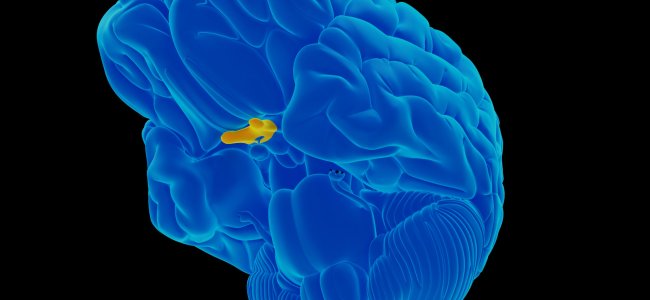Cerebral ischemia: what it is, how to recognize symptoms

To understand what a cerebral ischemia consists of, we must first say that our brain needs nourishment and oxygen to perform its functions. This process of “nutrition” is made possible by the blood conveyed by the blood vessels. The arteries carry oxygenated blood, while the veins take away blood rich in “waste” substances.
When the direct blood supply to the brain is hindered, the area that was regularly provided with oxygen and nutrients undergoes a sudden shortage of such vital substances. The brain tissue then suffers a detrimental condition, which worsens with time. When an area of the brain is subject to a state of suffering caused by a lack of blood supply, an ischemia occurs.
Transient ischemic attack (TIA)
In the more fortunate cases the ischemia resolves spontaneously within 24 hours. This is the case of the transient ischemic attack/ mini stroke.
Although a TIA does not cause permanent damage, it is always a wake-up call. In fact, within a year, one third of the people affected by TIA undergo a more serious stroke with greater damage. Early recognition of a TIA is a way of preventing worse consequences for the well-being of our nervous system.
Ischemic stroke
In cases where ischemic symptoms last for more than 24 hours, we are faced with a real stroke. At the onset of the first symptoms it is strongly recommended to immediately go to a hospital.
Various types of ischemia
As anticipated, the ischemic attack is caused by a lack of blood supply to the brain. The obstruction to the blood vessel can be of two types:
- Embolic: in this case the trigger is a blood clot (embolus) coming from another part of the body and transported to the nervous system by blood flow. The embolus usually begins its journey from the heart or from arteriosclerotic plaques located in the arteries that lead the blood to the brain.
- Thrombotic: in this case the obstacle is generated by a blood clot (thrombus) that forms directly in the blood vessel that will then clog. When we are in the presence of such a condition (which encompasses about half of the total cases of ischemia) we generally speak of cerebral thrombosis.
Cerebral thrombosis
In turn, cerebral thrombosis is divided into:
- large vessels thrombosis: a thrombotic ischemia affecting the large cerebral arteries
- disease (thrombosis) of small vessels: occlusion occurs in one or more small arteries that supply blood to the brain by penetrating deeply into the brain matter.
Here is a video published by Laboratorio Analisi Cliniche Dr. D’Errico Angelo in which we have an overview of cerebral ischemia.
Causes and risk factors
The main factors to pay attention to are:
- cardiovascular diseases
- the advanced age
- a sedentary lifestyle.
Therefore, it is fundamental to carry out a correct prevention activity. Among the right behaviours to keep in mind we find:
- avoid smoking
- exercise regularl;
- limit alcohol intake
- have a healthy diet (low in salt)
- maintaining a healthy weight.
The symptoms of cerebral ischemia
Symptoms depend on multiple factors such as:
- the damaged area
- the extent of the affected area
- the severity of blood level reduction.
Despite this we can recognize a pattern of symptoms that ought to ring a bell. The symptoms of an ischemic attack, in fact, appear suddenly (or within a few minutes).
Symptoms of ischemia include:
- muscle weakness in one half of the body
- vision problems in one eye or onset of diplopia (double vision)
- numbness or lack of sensitivity in the arms or face
- sudden onset of headaches
- appearance of dizziness and loss of balance
- difficulty in speaking or understanding the speeches of others
- mental confusion
- slow movements, difficult, uncoordinated
- fainting, syncope, loss of consciousness.
How can we make a diagnosis
When the first symptoms appear, it is essential to go to the emergency room. Among the tests that are usually performed, we find:
- laboratory analysis to detect the presence of hypertension, anaemia, polycythaemia, infections or hypercoagulability of the blood and assess blood lipid levels and Ves
- electrocardiogram
- echocardiogram
- control of blood pressure and heart rhythm
- magnetic resonance imaging
- cranial-brain scan: a type of examination that highlights hypodense areas in ischemic areas.
The treatment of cerebral ischemia
If you can administer thrombolysis substances intravenously within hours of the attack, we can significantly limit the damage caused by ischemia.
However, thrombolysis manages only to dissolve one of the main components of the thrombus, resulting in the removal of the obstruction of the blood vessel, but cannot repair damages already occurred. For this reason it is essential to resort to thrombolytic therapy in a timely manner.

You are free to reproduce this article but you must cite: emianopsia.com, title and link.
You may not use the material for commercial purposes or modify the article to create derivative works.
Read the full Creative Commons license terms at this page.









